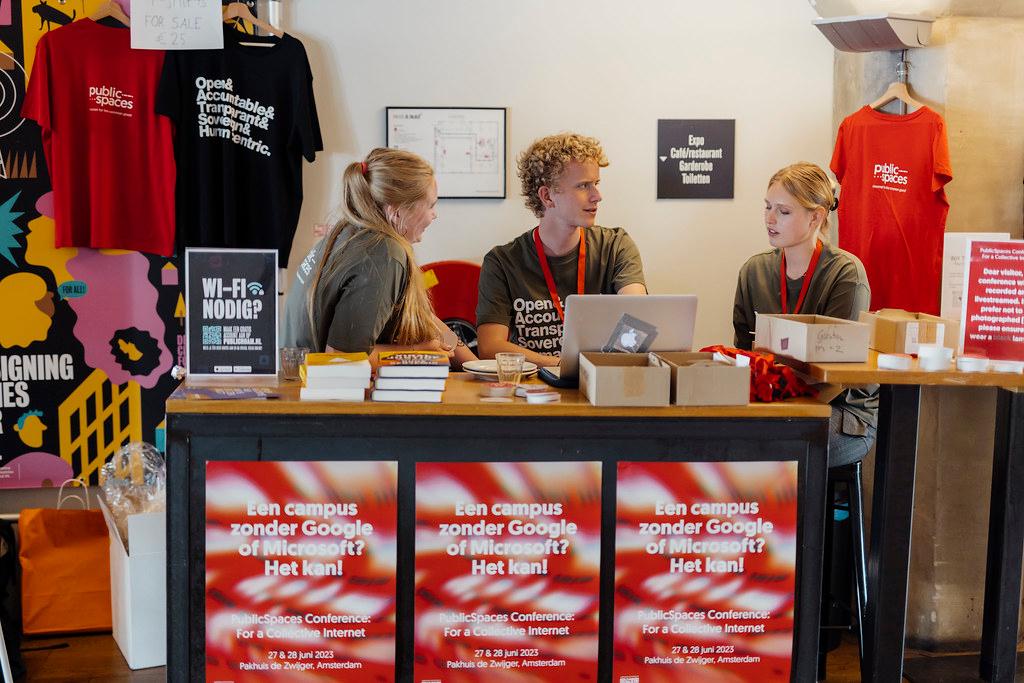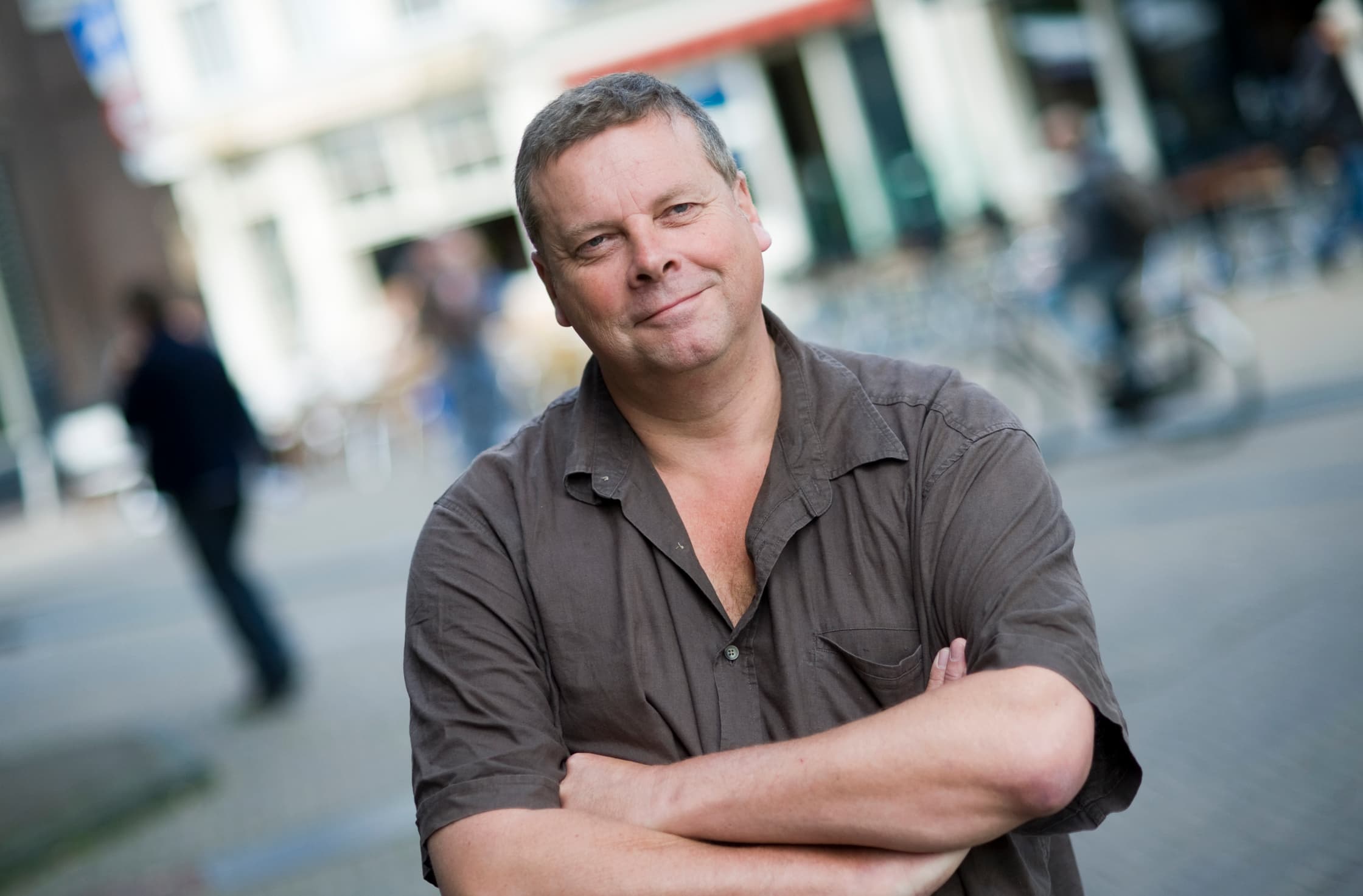This chronology was presented by the CTO of Waag, Tom Demeyer, during 'Worldwide Data Dilemmas: contact-tracing apps during corona times' on 23 April, 2020.
As in many countries around the world, the search for a so-called ‘Corona app’ has been underway in recent weeks:
April 7: At the weekly corona press conference, the health ministry (VWS) announces the need for two apps; a contact tracer and a monitoring app.
April 8: safeagainstcorona.nl is launched to combat false privacy/health contradiction.
April 10: The criteria in safeagainstcorona.nl are explicitly shared with the health ministry.
April 11: Companies and organisations are invited to provide "smart digital solutions" to aid in the source and contact investigations of the health authorities; they are given 3 days to reply.
April 11: A list of 16 fairly critical questions is published by parliament; the concern is that clear requirements for a successful app (infrastructure) are not made explicit in the invitation.
April 14: More than 140 academics sign an open letter [PDF link] to the government expressing concern and raising many of the same issues as safeagainstcorona.nl.
April 14: Deadline for submissions closes; the first (internal) selection of proposals is conducted.
April 15: The EU publishes a "Common EU Toolbox for Member States" [PDF link], a "practical guide".
April 16: From ~750 responses, 660 were classified as valid proposals, of which 176 provided ‘track-and-trace’ features aimed at the request to make a trace app. These were further reduced by the ministry.
April 16: Some of the experts involved pull out due to unrealistic expectations, impossible schedule, lack of sensible criteria and blind focus on unproven technologies and methodologies.
April 17: 7 candidate solutions are announced (an eighth candidate withdrew when invited, citing many of the same considerations as the experts earlier).
April 18-19: An "appathon" is held; a public process where, in the health ministry, the 7 candidates' proposals are further developed, scrutinised by local and online experts, and followed online by thousands of interested participants who are also asking the teams questions.
April 19: As the many issues with the solutions become clearer to more people, the expectations are downplayed considerably.
April 20: In a letter to parliament, the ministry announces that it will take 4 weeks to consider next steps. A digital source- and contact-tracing app is still on the table, developed by "the right team with the right people".
April 20: The data protection authority concludes that compliance with privacy laws cannot be determined due to lack of specific information. KPMG concludes that serious security concerns are present in all solutions presented. The intelligence services warn of the enormous attack surface that an app of this kind, used by millions, presents.
April 21: The process and results are presented to a parliamentary delegation. At the weekly press conference, the apps are barely mentioned.
April 22: A parliamentary commission hears legal, technical, epidemiological and sociological/philosophical experts.
April 22: The ministry concludes that the apps proposed do not yet meet all requirements.
What can we learn from this timeline?
This was a hasty process with naïve expectations that never had any chance of being fulfilled.
An app (+infrastructure) that contributes to the health authorities' source and contacts research through automatically tracking contacts should be considered wishful thinking. Digital technology can still help – but anything that is ‘automatic’ will not work.
There is a shocking opportunism and lack of expertise amongst many service providers, especially the larger contractors.
A public process works! At the end of the ‘appathon’ a set of solid criteria, which were missing at the start, seemed to have gained broad support, sometimes beyond expectation (true open source)
In future public ICT tenders, consultations like this should be a matter of course. This experience provides insight into how public consultations might work in the future.


